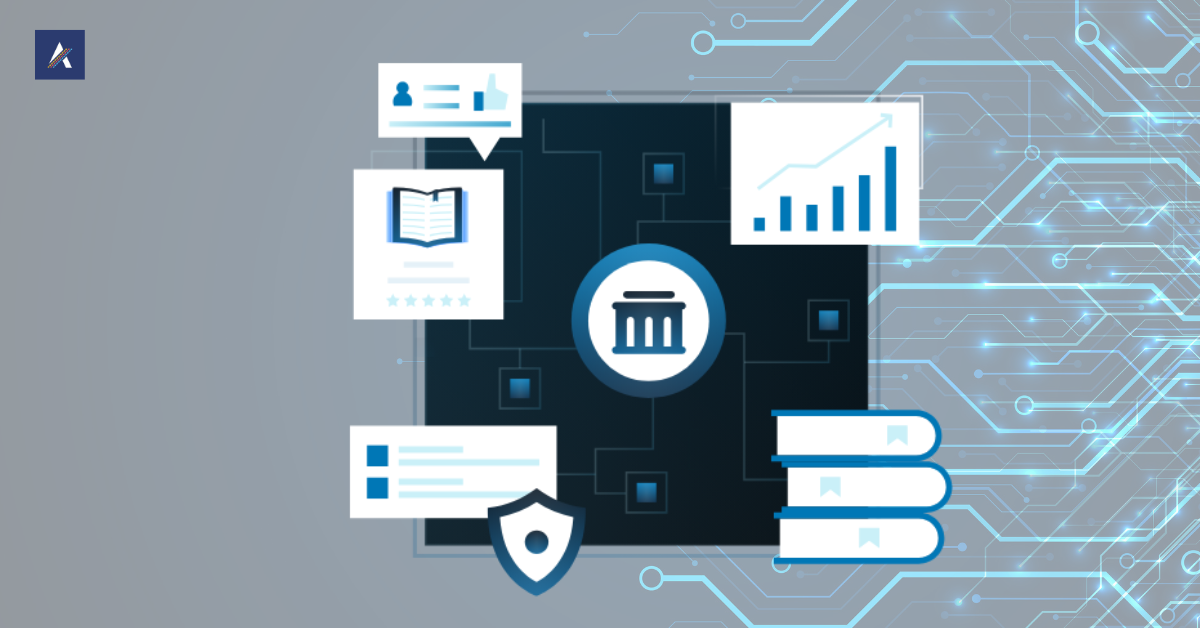The unstructured data challenge
Public records are labeled open, yet they live inside one of the largest reservoirs of unstructured information on earth. Unclaimed property alone spans billions of rows distributed across PDFs, aging scans from microfilm, ad hoc CSV exports, and dumps from legacy databases that predate modern interoperability. Every jurisdiction speaks a different dialect. A field titled claimant in one archive becomes owner or beneficiary in another. Page headers masquerade as table rows. Footnotes look like addresses. Dates appear as numbers, slashes, or words. When a traditional parser meets this tangle, it behaves like a brittle lock pick that works only while nothing changes. Then a new quarterly export arrives and everything breaks.
Standardization would help, but waiting for universal adoption is not realistic. People are trying to find money that already belongs to them, and they should not need to master fifty interfaces to do it. The stakes are human. Without dependable extraction of names, addresses, dates, and amounts, families miss assets that could cover rent, tuition, or medical bills. Natural language processing offers the only scalable route because it reasons about meaning rather than delimiters and column order. Instead of hard-coding thousands of rules, we train models that generalize across formats, tolerate noise, and map wildly different documents into a unified, searchable structure.
Government document complexity
The first obstacle is formatting inconsistency. Some states publish clean, columnar tables. Others embed tables inside narrative paragraphs or export multi-page PDFs where column lines drift and header rows repeat midway down the page. OCR scars corrupt older scans with character swaps, dropped accents, and stray line breaks. Multilingual communities add Spanish, Vietnamese, Chinese, and more, which defeat naive tokenization and simplistic assumptions about name order. Terminology shifts by agency, era, and statute. A claimant in one set is an owner or payee elsewhere, while a holder might describe the reporting institution or a custodian, depending on context. Abbreviations and acronyms multiply across departments, and several collide in meaning. Dates arrive as MM/DD/YYYY, DD-MM-YYYY, or as words like January 5, 1991. Currency may appear as $1,000.00, as a bare integer, or spelled out as One Thousand Dollars, and sometimes as a range such as $50 to $100. Numeric fields are often stored as text, and text fields are split across lines or pages. Suffixes like Jr., Sr., II, and III come and go. Married names appear in some jurisdictions and not others. Business names show DBA variants, legal endings, and punctuation that confuse exact matching.
Rule-driven parsing collapses under this entropy. To track fifty schemas and their revisions, you would need thousands of handwritten rules and a team to maintain them. Worse, rule stacks fail silently. They can confidently extract the wrong field or drop a diacritic that distinguishes two legal identities. This is not merely a technical headache. It is a civic access problem. Complexity acts like a toll that charges in time and frustration. People with less time, slower internet, or fewer technical skills are the ones most likely to quit. If public data is to be truly public, systems must meet citizens where they are by interpreting whatever an agency can produce and returning trustworthy, human-readable results.
NLP solutions and implementations
Modern NLP makes that possible by combining statistical learning with domain knowledge. The foundation is named entity recognition that can tag person names, business names, addresses, amounts, and dates, even when lines break in odd places or punctuation is inconsistent. A general model gets you partway, but domain adaptation is essential. Fine-tuning on labeled government documents teaches the model to recognize suffixes, DBA patterns, and the difference between a holder institution and a claimant.
Transformer models raise accuracy because they model context rather than isolated tokens. Where a rule engine would treat owner, beneficiary, and payee as unrelated strings, a transformer learns that each signals a person or entity linked to property. Subword tokenization helps with OCR noise and spelling variants. Attention mechanisms latch onto postal codes, directional abbreviations, and currency markers to anchor predictions even when neighboring tokens are mangled.
Custom entity extractors fill gaps that general models miss. Property type, holder category, and jurisdiction often require lightweight classifiers trained on curated examples. An ensemble works best in production. Use a transformer for broad context, a precise rule layer for easy wins, a regular expression guardrail for formats like ZIP codes and currency, and a learned ranker that fuses signals into a final confidence score. Fuzzy matching closes near duplicates by blending token similarity, character n-grams, phonetic encodings, and frequency priors for familiar names. When confidence drops below a threshold, a human reviewer resolves the edge case, and that decision feeds the next training cycle.
When processing millions of unclaimed property records across fifty states, platforms like Claim Notify employ sophisticated NLP pipelines that combine pre-trained language models with custom entity extractors tuned on government documents, achieving better than 95 percent parsing accuracy even on poorly formatted historical records and converting unstructured archives into reliable, searchable data for everyday citizens.
Stack choices depend on constraints. spaCy offers fast pipelines and production-friendly components. Hugging Face transformers unlock higher ceilings via transfer learning and easy experimentation with architectures. NLTK remains useful for classical preprocessing and evaluation. Training strategy matters more than brand names. Use stratified splits by state to verify generalization to unseen jurisdictions. Add augmentation that simulates OCR errors, missing punctuation, and broken lines. Insert a validation layer that verifies addresses, amount formats, and date plausibility before records enter the clean store. Decide early whether your workload is interactive or batch-oriented. For nightly updates, batch parsing with streaming IO and job queues maximizes throughput and simplifies reproducibility. For interactive uploads, serve a smaller distilled model behind an autoscaled inference API. Control cost with quantization, distillation, dynamic batching, and CPU inference for lighter models while reserving GPUs for heavy jobs.
Real-world impact and lessons
Where robust NLP replaces brittle rules, accuracy jumps from roughly 60 percent match rates to above 95 percent entity extraction. Processing time collapses from months of manual entry to hours of automated parsing. Because normalized data lands in a standard schema, one search can span many jurisdictions, which is the difference between a dead end and a successful claim. Labor costs fall as quality scoring routes only ambiguous records to reviewers, and onboarding a new state becomes a training exercise rather than a bespoke parser rewrite. The operational lessons are pragmatic. Begin with a small, understandable baseline so you have something measurable. Add NLP where rules crumble and keep a human in the loop to resolve low-confidence cases. Invest in reconciliation that catches silent failures. Retrain regularly because formats drift, and yesterday’s high-confidence pattern becomes tomorrow’s outlier.
NLP as civic infrastructure
Language technology has become an essential infrastructure for democratic access to public data. Citizens should not need to decipher agency jargon or reverse engineer file formats to find what is already theirs. Systems should read documents as issued and return plain language results with auditable provenance. Platforms like ClaimNotify show what happens when natural language processing meets a civic mission and refuses to accept format chaos as destiny. The call to action is straightforward. If you build in civic tech, treat NLP, human-in-the-loop review, and continuous retraining as first-class features. If you are a data scientist, bring your skills to public records and measure success by the number of families who actually recover assets. When models convert disorder into clarity, public information becomes truly public, and access no longer depends on who can outsmart a PDF.

I’m Erika Balla, a Hungarian from Romania with a passion for both graphic design and content writing. After completing my studies in graphic design, I discovered my second passion in content writing, particularly in crafting well-researched, technical articles. I find joy in dedicating hours to reading magazines and collecting materials that fuel the creation of my articles. What sets me apart is my love for precision and aesthetics. I strive to deliver high-quality content that not only educates but also engages readers with its visual appeal.


